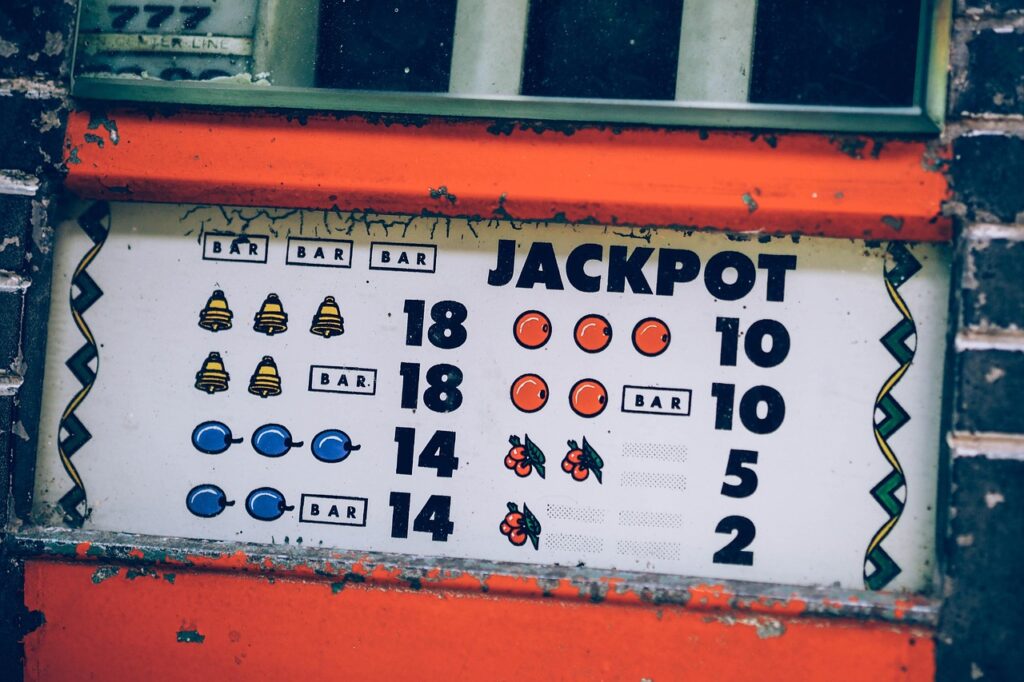Texas Hold’em is one of the most popular poker variants played worldwide. Whether you’re new to the game or have been playing for a while, having a solid strategy is essential for success. Texas Hold’em combines skill, psychology, and a bit of luck, and mastering its complexities can give you a significant advantage. In this guide, we’ll cover tips for both beginners and advanced players to help you improve your game and make more strategic decisions at the table.
Basic Strategy for Beginners
For those just starting with Texas Hold’em, the first step is understanding the game’s rules and flow. The game is typically played with two to ten players, and each player is dealt two private cards (hole cards), while five community cards are shared face-up on the table. Players aim to make the best five-card hand using any combination of their hole cards and the community cards.
As a beginner, one of the most important strategies is to play fewer hands. Many new players get excited and play too many hands, which often leads to unnecessary losses. Focus on playing strong starting hands such as high pairs (e.g., Aces, Kings, Queens), high cards (e.g., Ace-King, Ace-Queen), and suited connectors (e.g., 10-9 of hearts). This approach will reduce the risk of losing money on weak hands and give you more opportunities to win with strong hands.

In the early stages of a hand, it’s also crucial to pay attention to your position at the table. Players in later positions (closer to the dealer button) have more information because they can see how other players act before making their decision. Use this advantage to make more informed choices, whether it’s betting aggressively with a strong hand or folding weaker hands when others raise.
Advanced Strategy: Bluffing and Betting Patterns
Bluffing is a fundamental part of Texas Hold’em, and it becomes more effective as you gain experience. Advanced players often use bluffs strategically to confuse their opponents and make them fold hands they might otherwise continue to play. However, bluffing requires a good understanding of the game dynamics, your opponents, and the situation. Bluffing works best when you’ve established a consistent betting pattern, making your opponents more likely to believe you have a strong hand.
It’s also important to mix up your playstyle, especially when you’re playing against experienced opponents. If you always bet aggressively with strong hands and check or fold with weak ones, savvy players will catch on to your strategy. To keep your opponents guessing, vary your betting patterns, sometimes playing passively with strong hands or bluffing with weaker hands. This unpredictability makes it harder for others to read you, which can lead to more profitable situations in the long run.
Bet sizing is another crucial part of advanced strategy. Skilled players use bet sizes to influence the pot size, protect their hands, and put pressure on opponents. A small bet might entice others to call, whereas a larger bet can force players with weaker hands to fold. Adjusting your bet size based on the situation, your hand strength, and the tendencies of your opponents will help you gain more control over the game.
Reading Your Opponents
Being able to read your opponents is one of the most important skills in Texas Hold’em. While physical tells can provide clues in live games, online players rely more on betting patterns and timing. Pay close attention to how your opponents react in different situations. Do they play aggressively, or do they tend to be more passive? Are they prone to bluffing, or do they only bet with strong hands?
In particular, observe how your opponents bet when they have strong hands versus weak hands. If someone raises heavily on the flop, they may have a strong hand, but if they suddenly check or make a small bet on the turn, they could be trying to trap you. These subtle cues can provide valuable insights into their hand strength and help you make more informed decisions.
Advanced players often use this information to exploit weaknesses in their opponents’ strategies. If you notice that a player folds easily to large bets, you might want to increase the size of your bets with weaker hands to steal the pot. On the other hand, if an opponent is overly aggressive, you could slow-play your strong hands to induce bluffs or bigger bets.
Adjusting to the Game and Opponents
One of the keys to being a successful Texas Hold’em player is adaptability. A strategy that works well against one player or in one situation may not be as effective in another. As the game progresses, constantly adjust your strategy based on the flow of the game and your observations of your opponents.

For instance, if you’re playing against tight players who rarely bet aggressively, you can take advantage of their passivity by bluffing or betting more often to steal pots. Against loose players who are prone to calling with weak hands, you might focus on playing fewer hands but betting strongly when you have a strong hand to extract maximum value.
Adapting your strategy based on the size of the pot, the number of players, and the stage of the game is essential. For example, in tournament play, stack sizes and blinds play a significant role in strategy. As the blinds increase, you may need to adjust your game to stay competitive by playing more aggressively or adopting a tighter strategy depending on your chip count.
Mastering Texas Hold’em requires both understanding the fundamentals and continuously refining your skills. By playing fewer hands, reading your opponents, and adjusting your betting strategy, you can significantly improve your chances of success. Whether you’re a beginner or an experienced player, these strategies will help you navigate the complexities of the game and increase your ability to make profitable decisions at the table.

